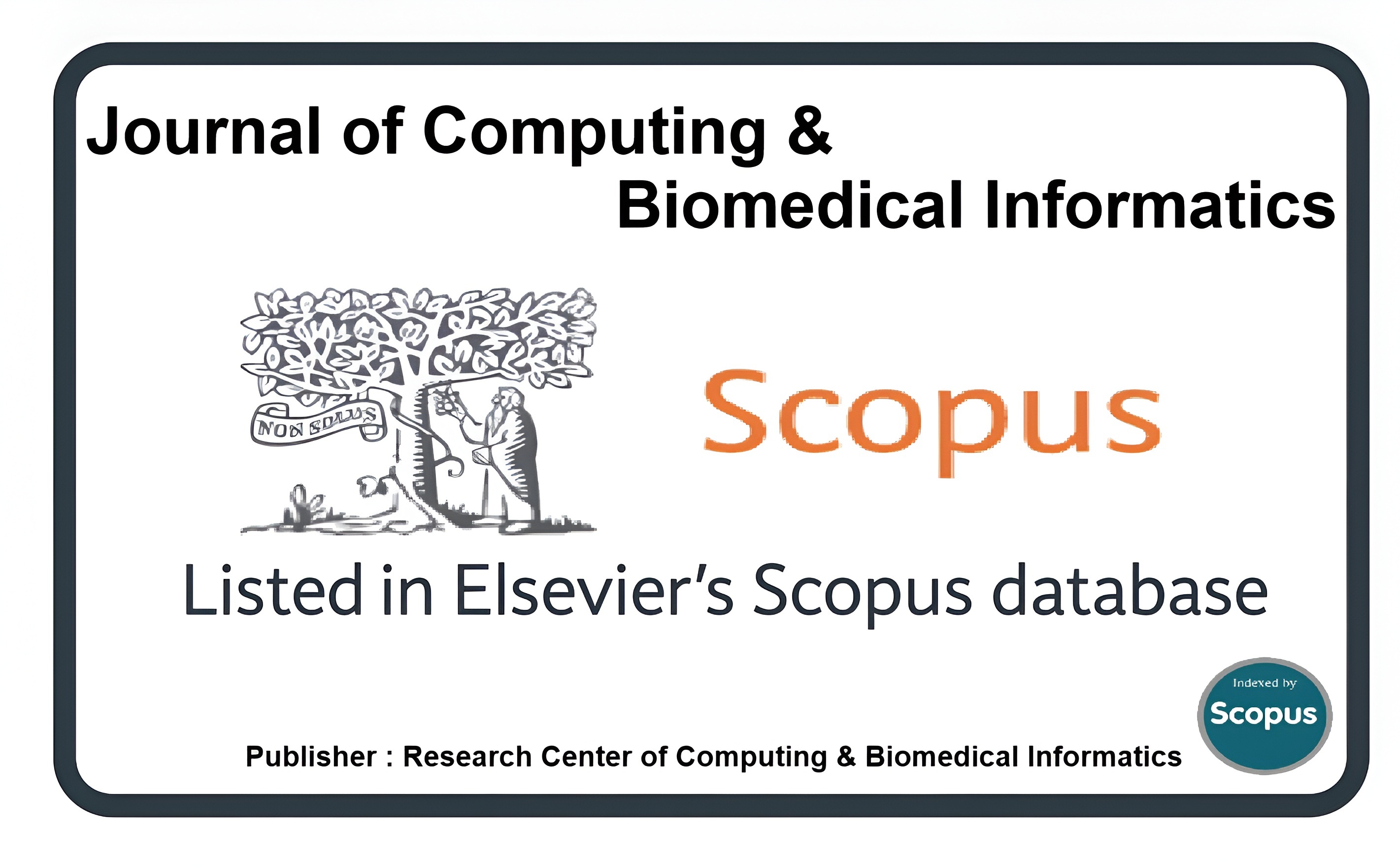Deep Learning Techniques for Diagnosis of Lungs Cancer
DOI:
https://doi.org/10.56979/301/2022/36Keywords:
Lungs cancer, Deep learning, Typeset, Low dose computed tomography, Split MethodAbstract
Low_dose computed tomography (LDCT) scans are widely used to diagnose early cancers. Clinical studies show that low CT scans reduce lung cancer by 20% compared to standard radiography. However, conventional lowintensity CT scans are prone to overuse, high cost, and increased radiation exposure. This paper seeks to address these challenges by developing machine learning and in-depth case studies for automated cancer screening and assessing disease progression. The new split-method approach was first developed using two-sided select methods and machine learning methods. This method is designed to include ring nodes mounted on the ring bar but significantly reduce partition errors. Second, a neural network is being developed to classify clean nodes according to non-nodes. The simulation model integrates VGG, residual, and multi-network module design to enhance the dynamics of external collection components and various reception constraints. Third, the Hierarchical Semantic Convolutional Neural Network (HSCNN) is defined to form negative nodule rings. The semantic components, predicted to be equal to the deficit per node, facilitate the definition of this type and the improvement of visual acuity. Finally, the Bayesian design as well as the full-time Markov version have been improved. The decisionmaking process selects the exchange of information about the individual cancer, providing the basis for a special research study. Numerous experiments and results have shown the effectiveness of these experimental methods in improving and enhancing the efficiency of low-frequency CT programs.
Downloads
Published
How to Cite
Issue
Section
License
This is an open Access Article published by Research Center of Computing & Biomedical Informatics (RCBI), Lahore, Pakistan under CCBY 4.0 International License





